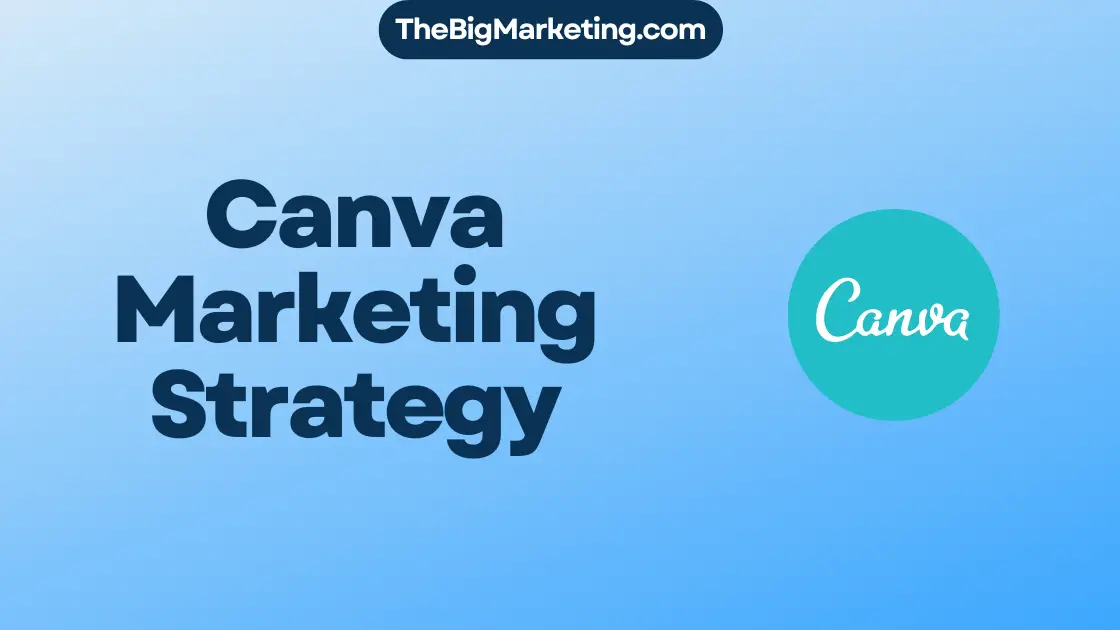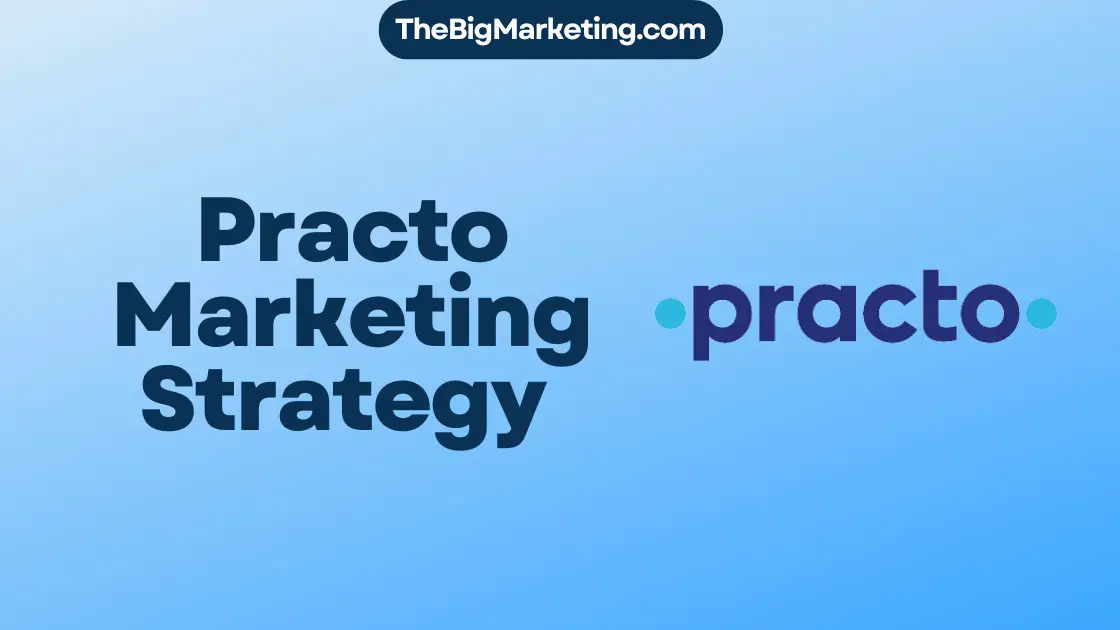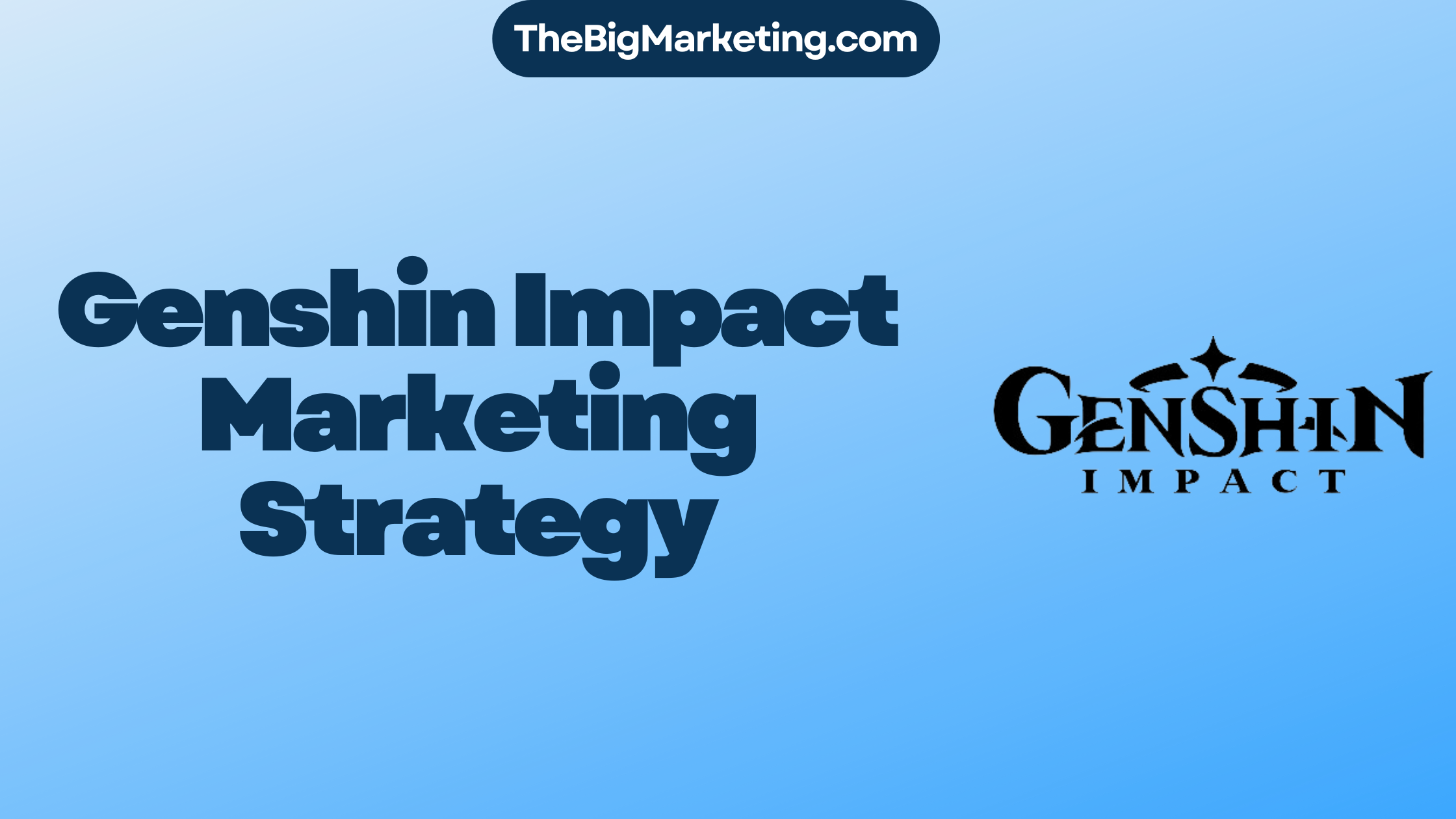Contest marketing is a powerful strategy that can drive brand awareness, engage with audiences, and gather valuable consumer data. In 2024, it is more important than ever for brands to implement effective contest marketing strategies to stand out in a saturated digital environment. By leveraging social media promotions, engagement tactics, and prize incentives, brands can create engaging contests that resonate with their target audience. Additionally, strategies such as target audience segmentation, brand awareness, user-generated content, influencer collaborations, data analytics, and campaign metrics play a crucial role in optimizing the effectiveness of contest marketing campaigns.
Key Takeaways:
- Contest marketing is a powerful strategy for driving brand awareness and engaging with audiences.
- Social media promotions, engagement tactics, and prize incentives are key elements in creating successful contests.
- Target audience segmentation, brand awareness, and user-generated content are important considerations for maximizing the effectiveness of contest marketing campaigns.
- Influencer collaborations and data analytics can further enhance the impact of contest marketing strategies.
- Monitoring campaign metrics is crucial for evaluating performance and optimizing future contest marketing efforts.
The Benefits of Contest Marketing
Contest marketing offers several benefits for brands. Firstly, it helps to improve brand awareness by providing a unique and interactive way for customers to engage with the brand. Through contests, brands can capture the attention of their target audience and create memorable experiences that leave a lasting impression.
Contests also generate user-generated content, such as social media posts, videos, and testimonials, which can serve as powerful testimonials and word-of-mouth advertising. This content not only promotes the brand but also provides valuable social proof that can influence potential customers’ purchasing decisions.
Moreover, contests provide an excellent opportunity for brands to drive audience engagement. By designing contests that require participants to take specific actions such as sharing the brand’s content, tagging friends, or submitting creative entries, brands can encourage customers to actively interact with their products or services. This increased engagement can lead to higher brand loyalty and repeat purchases.
One of the significant advantages of contest marketing is its cost-effectiveness. Compared to traditional marketing methods, such as print ads or TV commercials, contest marketing requires relatively low marketing costs. Brands can allocate their budget towards creating appealing prizes, designing captivating visuals, and promoting the contest through targeted online channels, ensuring maximum impact with limited resources.
Furthermore, contests contribute to building a loyal fan base. By organizing contests regularly or as recurring events, brands can create anticipation and excitement among their audience. This continuous engagement nurtures a community of loyal supporters who are more likely to share positive experiences and recommend the brand to their social circles, further expanding the brand’s reach and influence.
In summary, contest marketing offers numerous advantages for brands. It enhances brand awareness by creating interactive experiences, generates valuable user-generated content, fosters audience engagement, and delivers excellent ROI due to its cost-effectiveness. Additionally, contests help build a loyal fan base that amplifies the brand’s reach and influence. By leveraging the benefits of contest marketing, brands can effectively promote their products or services, cultivate customer loyalty, and establish a strong market presence.
Types of Contest Marketing Campaigns
Contest marketing campaigns come in various forms, each offering unique opportunities for brands to engage with their target audience and promote their products or services. By understanding the different types of contests available, brands can choose the most suitable strategy to achieve their campaign objectives.
Event-Based Contests
Event-based contests are centered around specific occasions throughout the year. Brands can leverage holidays, festivals, or other significant events to engage with their audience and create a sense of excitement. By aligning their contest with the theme of the event, brands can generate interest and encourage participants to interact with their brand.
Polls
Polls are an effective way to engage customers by allowing them to provide their opinions through multiple choice questions. Brands can create polls that are relevant to their industry or target audience, fostering engagement and encouraging participants to share their preferences. Polls not only provide valuable insights for the brand but also allow participants to feel involved and have their voices heard.
Giveaways
Giveaways are a popular contest type where winners are selected to receive free prizes. Brands can run giveaways to reward their loyal customers or attract new ones. Giveaways not only generate excitement but also incentivize participants to take action and engage with the brand, such as liking, commenting, or sharing content. By offering desirable and relevant prizes, brands can increase participation and create buzz around their products or services.
Quiz Contests
Quiz contests challenge participants with questions related to the brand, industry, or a topic of interest. By testing the participants’ knowledge, brands can engage with their target audience in a fun and interactive way. Quiz contests not only drive engagement but also provide an opportunity for brands to educate their audience and showcase their expertise. Participants are motivated to participate and win by their desire for recognition and the thrill of competition.
Photo Competitions
Photo competitions encourage participants to submit their own photos related to a specific theme or prompt. Brands can leverage user-generated content to strengthen their brand image and foster a sense of community among their audience. Photo competitions not only encourage creativity but also provide an opportunity for participants to be featured on the brand’s social media channels or website. This type of contest allows brands to tap into the power of visual content and showcase their products or services through the eyes of their customers.
To ensure the success of a contest marketing campaign, brands should carefully choose the contest type that aligns with their objectives and target audience. Whether it’s an event-based contest, a poll, a giveaway, a quiz contest, or a photo competition, each type offers unique benefits and engagement opportunities. By leveraging the right contest type, brands can maximize audience participation, increase brand visibility, and achieve their campaign goals.
Creating a Successful Contest Marketing Campaign
When it comes to running a successful contest marketing campaign, it’s important for brands to follow a step-by-step process to maximize their results. By defining clear contest objectives, targeting the right audience, choosing the appropriate contest type, determining contest rules, and qualifying participants, brands can ensure the success of their campaign.
Defining Contest Objectives
The first step in creating a successful contest marketing campaign is to determine the objectives. Brands need to ask themselves what they hope to achieve through the contest. Is the goal to improve brand awareness, attract new customers, promote a specific product, or conduct market research? Clearly defining the contest objectives will help shape the overall strategy and ensure that the campaign aligns with the brand’s goals.
Defining the Target Audience
Once the objectives are clear, the next step is to define the target audience. It’s important to understand the interests, preferences, and demographics of the intended participants. By tailoring the campaign to resonate with the target audience, brands can maximize engagement and increase the chances of success.
Choosing the Contest Type
There are various contest types to choose from, including event-based contests, polls, giveaways, quiz contests, and photo competitions. The selection of the contest type should align with the objectives and target audience. For example, an event-based contest may be suitable for creating buzz around a specific occasion, while a quiz contest can challenge participants to test their knowledge and engagement.
Determining Contest Rules
When determining contest rules, brands should consider the prize being offered and any regulations from social media platforms or data privacy laws. It’s important to ensure that the rules are clear, fair, and tied to the overall objectives of the campaign. By setting transparent and well-defined rules, brands can build trust with participants and avoid any potential issues or legal complications.
Qualifying Participants
To ensure that the contest reaches the right audience and maximizes engagement, brands can qualify participants by setting specific criteria or requirements. This can include age restrictions, geographic limitations, or other relevant factors that align with the target audience. By qualifying participants, brands can ensure that they are targeting the right individuals and increase the chances of a successful campaign.
By following these steps and implementing a strategic approach, brands can create a successful contest marketing campaign that effectively achieves their objectives, engages their target audience, and drives results.
| Step | Description |
|---|---|
| 1 | Define contest objectives |
| 2 | Identify target audience |
| 3 | Choose the contest type |
| 4 | Determine contest rules |
| 5 | Qualify participants |
The Importance of a Marketing Strategy in 2024
In 2024, having a comprehensive marketing strategy is crucial for businesses to thrive in a rapidly changing digital landscape. A well-defined marketing strategy provides direction and ensures that efforts are aligned towards specific goals. It enables businesses to leverage emerging trends such as short-form video and social media, maximizing return on investment (ROI).
One of the key aspects of a marketing strategy is allocating the marketing budget effectively. This involves identifying the most effective channels and tactics to reach the target audience and achieve the desired outcomes. By analyzing market trends and understanding consumer behavior, businesses can make informed decisions that maximize their ROI.
In addition, competitive analysis plays a vital role in developing a successful marketing strategy. By studying competitors’ strategies and identifying their strengths and weaknesses, businesses can gain valuable insights to differentiate themselves and seize market opportunities.
Staying on top of the latest trends and technologies is also essential for developing an effective marketing strategy. Short-form video is a rising trend that has gained immense popularity across social media platforms. By incorporating short-form video content into their strategy, businesses can capture audiences’ attention and engage with them in a more dynamic and interactive way.
Maximizing ROI Through a Comprehensive Marketing Strategy
A well-executed marketing strategy in 2024 can help businesses maximize their ROI by optimizing their marketing efforts and resources. By focusing on the most effective channels and tactics, businesses can reach their target audience more efficiently and generate higher engagement and conversion rates.
Furthermore, a comprehensive marketing strategy enables businesses to build a strong brand presence on social media. Social media platforms provide a vast and highly engaged audience, representing a great opportunity for businesses to connect with their target market. By leveraging social media effectively, businesses can increase brand awareness, drive website traffic, and ultimately boost sales.
| Components of a Successful Marketing Strategy | Benefits |
|---|---|
| Market research and segmentation | Allows businesses to understand their target audience’s needs and preferences, enabling them to tailor their marketing efforts and deliver more relevant messages. |
| Content creation and distribution | Enables businesses to create compelling and engaging content that resonates with their audience, driving brand awareness and customer loyalty. |
| Data analysis and optimization | Allows businesses to measure the effectiveness of their marketing efforts, identify areas for improvement, and optimize their strategies for better results. |
By implementing a comprehensive marketing strategy that integrates these components, businesses can stay ahead of the competition and achieve their marketing objectives in 2024 and beyond.
Components of a Marketing Strategy
A marketing strategy is a comprehensive plan that guides the promotion of a brand. It consists of various components that work together to create an effective approach. Let’s explore each of these components in detail:
1. Marketing Mix
The marketing mix encompasses the key elements that influence a brand’s marketing efforts. It includes the product or service being offered, its price, the channels through which it is distributed, and the promotional activities aimed at reaching the target audience. By carefully managing these elements, brands can create a well-rounded marketing strategy that effectively communicates their value proposition.
2. Marketing Objectives
Marketing objectives define the goals that a brand aims to achieve through its marketing efforts. These objectives could be increasing brand awareness, attracting new customers, promoting a new product or service, or generating leads. By setting clear and measurable objectives, brands can ensure that their marketing strategy is aligned with their overall business goals.
3. Marketing Budget
The marketing budget outlines the financial resources allocated for marketing activities. It covers expenses related to advertising, promotions, market research, and other marketing initiatives. A well-planned and realistic marketing budget ensures that brands can effectively implement their marketing strategies without overspending or underinvesting.
4. Competitive Analysis
Competitive analysis involves evaluating the strengths and weaknesses of competitors to identify opportunities and threats in the market. This analysis helps brands understand their competitors’ marketing strategies, target audience, pricing strategies, and unique selling propositions. By gaining insights into the competitive landscape, brands can differentiate themselves and position themselves effectively in the market.
5. Segmentation, Targeting, and Positioning
Segmentation, targeting, and positioning (STP) is a process that helps brands identify specific segments of the market, select target audiences, and position their products or services to address the unique needs and preferences of those audiences. This strategic approach ensures that brands can tailor their marketing messages and offerings to resonate with their target customers.
6. Content Creation
Content creation plays a crucial role in any marketing strategy. It involves developing and distributing valuable, relevant, and engaging content to attract and retain the target audience. From blog posts to social media content, videos, and infographics, brands must create content that educates, entertains, or solves the problems of their customers.
7. Metrics and Key Performance Indicators
Metric and key performance indicators (KPIs) help brands measure the success of their marketing initiatives. These metrics can include website traffic, conversion rates, customer acquisition costs, customer retention rates, and return on investment. By regularly tracking and analyzing these metrics, brands can identify areas for improvement and make data-driven decisions to optimize their marketing strategies.
| Component | Description |
|---|---|
| Marketing Mix | Covers product, price, place, and promotion |
| Marketing Objectives | Defines the goals of the marketing strategy |
| Marketing Budget | Allocates funds for marketing activities |
| Competitive Analysis | Evaluates the strengths and weaknesses of competitors |
| Segmentation, Targeting, and Positioning | Identifies target audiences and positions the brand effectively |
| Content Creation | Involves creating relevant and engaging content |
| Metrics and Key Performance Indicators | Tracks the success of marketing initiatives |
A marketing strategy is a multi-faceted approach that requires careful consideration of all these components. By effectively incorporating the marketing mix, setting clear objectives, allocating the right budget, conducting competitive analysis, implementing segmentation targeting and positioning, creating compelling content, and tracking relevant metrics and KPIs, brands can develop and execute successful marketing strategies that drive results and help them achieve their business objectives.
Importance of Metrics and Key Performance Indicators
Metrics and key performance indicators (KPIs) are essential tools in assessing the effectiveness of a marketing strategy. By tracking and analyzing these metrics, brands can gain valuable insights into various aspects of their strategy and make data-driven decisions to optimize future campaigns.
One crucial metric to monitor is target audience reach. This metric measures the number of unique individuals or potential customers who come into contact with a brand’s marketing efforts. Understanding the reach helps brands gauge the overall visibility and awareness of their campaign among their intended audience.
Another vital metric is website traffic, which measures the number of visitors to a brand’s website. Tracking website traffic provides insights into the effectiveness of different marketing channels and helps identify areas for improvement. It also helps measure the success of strategies aimed at driving traffic to the website.
Conversion rate is another key metric in evaluating the performance of a marketing strategy. It measures the percentage of website visitors who complete a desired action, such as making a purchase or filling out a form. A high conversion rate indicates that the marketing efforts are effectively driving desired actions and contributing to the achievement of campaign objectives.
When assessing the success of a marketing strategy, it is crucial to consider customer acquisition cost (CAC). CAC measures the amount of money spent to acquire a new customer. By analyzing CAC, brands can evaluate the efficiency of their marketing spend and optimize their budget allocation for maximum return on investment.
Speaking of return on investment (ROI), this metric allows brands to assess the profitability and overall success of their marketing efforts. ROI measures the revenue generated relative to the cost of the marketing campaign. A positive ROI indicates that the campaign is generating more revenue than the investment, while a negative ROI signifies a need for adjustments or refinements in the marketing strategy.
Metrics and Key Performance Indicators in Action
Let’s take a look at a sample data table showcasing the metrics and KPIs mentioned above:
| Metric/KPI | Measurement | Current Value | Target Value |
|---|---|---|---|
| Target Audience Reach | Number of unique individuals reached | 10,000 | 15,000 |
| Website Traffic | Number of website visitors | 5,000 | 8,000 |
| Conversion Rate | Percentage of website visitors who convert | 2% | 3% |
| Customer Acquisition Cost | Cost per new customer | $50 | $40 |
| Return on Investment | Revenue generated relative to campaign cost | 120% | 150% |
By analyzing the data in the table, brands can identify areas of improvement. For example, if the target audience reach is below the desired value, it may indicate that the marketing channels or tactics need to be adjusted to reach a larger audience. Similarly, if the conversion rate is lower than expected, brands can explore strategies to optimize the website experience and increase the likelihood of conversions.
By consistently monitoring and analyzing metrics and key performance indicators, brands can evaluate their marketing strategies’ success, identify areas for improvement, and make data-driven decisions to optimize future campaigns.
Using Data Analytics for Marketing Strategy Optimization
Data analytics is a powerful tool that can greatly enhance marketing strategies. By harnessing the power of data, brands can gain valuable insights into their target audience, their preferences, and their behavior. These insights pave the way for optimizing marketing campaigns and improving their overall performance. Let’s explore how data analytics can be used to fine-tune marketing strategies and drive impactful results.
The Power of Customer Insights
Customer insights are at the core of effective marketing strategies. By analyzing data such as demographic information, buying behavior, and online interactions, brands can develop a deep understanding of their target audience. Armed with these insights, marketers can create highly personalized and relevant campaigns that resonate with their customers. Data analytics allows for the identification of patterns and trends, enabling brands to tailor their messaging and offerings to meet the specific needs and preferences of their audience.
Enhancing Campaign Performance
Data analytics provides valuable information about campaign performance. By tracking key metrics such as click-through rates, conversion rates, and engagement levels, brands can evaluate the effectiveness of their marketing initiatives. This data-driven approach allows for real-time optimization, enabling marketers to make informed decisions and adjust their strategies accordingly. Identifying underperforming campaigns or channels becomes easier, allowing brands to allocate their resources to areas that yield the best results.
Understanding Audience Behavior
Analyzing audience behavior is a crucial aspect of marketing strategy optimization. Data analytics helps uncover valuable insights into how customers interact with brands, such as their browsing habits, purchase journey, and channel preferences. This knowledge enables marketers to deliver targeted and personalized experiences at every touchpoint. By understanding their audience’s behavior, marketers can create more effective marketing messages and strategies that drive engagement and conversion.
Personalization and Targeting
One of the significant advantages of data analytics is its ability to support personalization and targeting. By leveraging customer data, brands can deliver highly tailored experiences to their audience. By segmenting the audience based on demographics, purchase history, or behavior, marketers can create personalized content and offers that resonate with individual customers. This level of personalization improves customer satisfaction, loyalty, and ultimately, conversion rates.
Real-time Optimization and Adaptation
Data analytics provides real-time insights into campaign performance, allowing marketers to make immediate adjustments and optimizations. This agility enables brands to react swiftly to changing market dynamics, customer preferences, or emerging trends. By leveraging real-time data, marketers can fine-tune their marketing strategies to maximize their impact and achieve better results.
In conclusion, data analytics plays a vital role in optimizing marketing strategies. By leveraging customer insights, enhancing campaign performance, understanding audience behavior, enabling personalization and targeting, and facilitating real-time optimization, brands can create highly effective and impactful marketing strategies that drive business growth and deliver exceptional customer experiences.
Collaborating with Influencers for Contest Marketing
Collaborating with influencers is a powerful strategy for enhancing contest marketing campaigns. By partnering with relevant social media influencers, brands can tap into their existing audience and gain increased reach and visibility. Social media influencers have established trust and credibility with their followers, making their endorsement of a brand’s contest more authentic and influential. This, in turn, leads to higher engagement and participation in contests.
When it comes to influencer collaborations in contest marketing, the key is to find influencers whose values align with the brand’s. This helps ensure that the partnership is genuine and resonates with their audience. By leveraging the influencer’s unique storytelling abilities, brands can create compelling content that not only showcases the contest but also reinforces the brand’s message.
Influencer collaborations also offer the opportunity for brands to reach new audiences and expand their reach beyond their existing customer base. Influencers have the ability to introduce the brand and its contest to their followers, attracting new participants and increasing brand awareness.
Moreover, influencer collaborations can significantly drive engagement in contest marketing campaigns. With their engaging content and a loyal fan base, influencers have the power to motivate their followers to actively participate in contests. This not only boosts the overall engagement of the campaign but also increases the chances of creating user-generated content that can further amplify brand awareness.
Utilizing influencer collaborations in contest marketing campaigns is a strategic move that can yield impressive results. It not only increases the reach and authenticity of the brand’s message but also drives higher engagement and participation from the audience. By leveraging the power of social media influencers, brands can maximize the impact of their contest marketing efforts and achieve successful campaign outcomes.
| Influencer Collaborations in Contest Marketing | Benefits |
|---|---|
| Increased reach | Tap into the influencer’s existing audience to expand brand reach |
| Authenticity | Influencers add credibility and trust to the brand’s contest |
| Engagement | Influencers motivate their followers to actively participate in contests |
Conclusion
Contest marketing strategies in 2024 present an incredible opportunity for brands to effectively engage with their target audience, boost brand awareness, and gain valuable customer insights. By implementing a well-planned and executed contest marketing strategy that aligns with brand objectives and leverages the power of social media and emerging trends, brands can significantly improve their engagement levels, achieve an enhanced return on investment, and successfully meet their marketing goals. Contests have the ability to create memorable experiences for the audience, fostering strong brand loyalty.
Through carefully curated and executed contests, brands can establish a deeper connection with their customers, encourage active participation, and spark conversations around their products or services. Engaging the audience is key to forging lasting brand engagement and building a strong community. Additionally, contest marketing campaigns allow brands to tap into the wealth of customer insights generated through the contest entries and interactions. These insights provide valuable data that can drive future marketing strategies, refine product offerings, and enhance overall customer experiences.
Contest marketing, when employed as part of a comprehensive marketing strategy, has the potential to deliver exceptional results for brands. By incorporating effective campaigns into their overall strategy, brands can leverage the power of contests to amplify their brand message, elevate brand engagement, attract new customers, and ultimately improve their return on investment. It is vital for brands to stay updated with the latest contest marketing trends and continually evolve their strategies to stay competitive in the ever-changing digital landscape.







